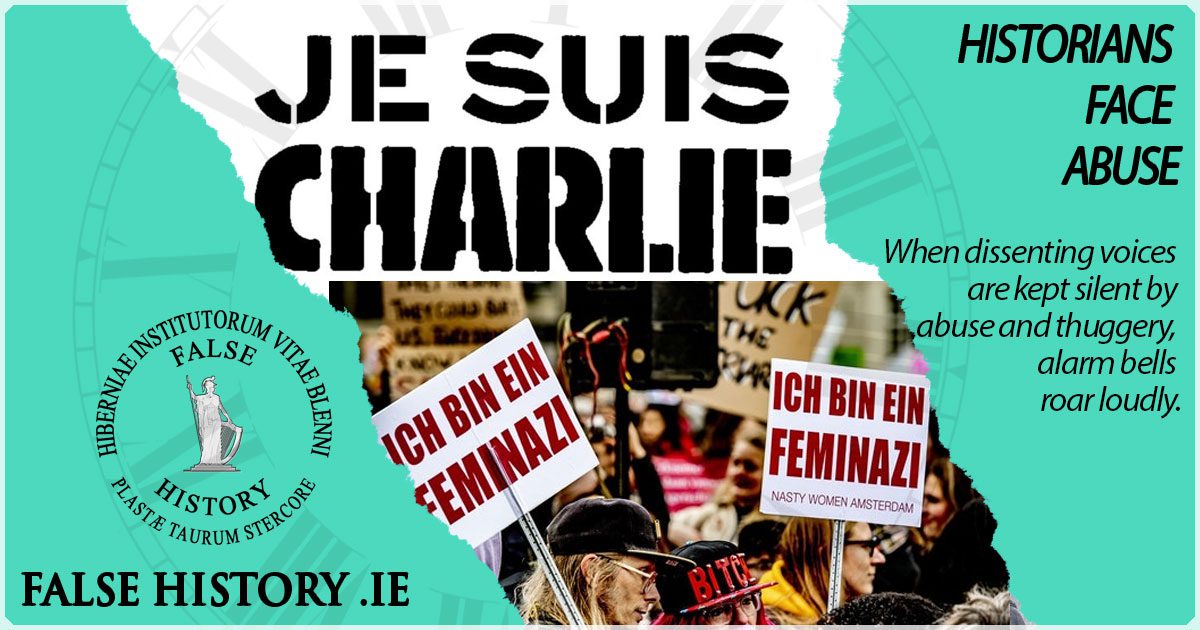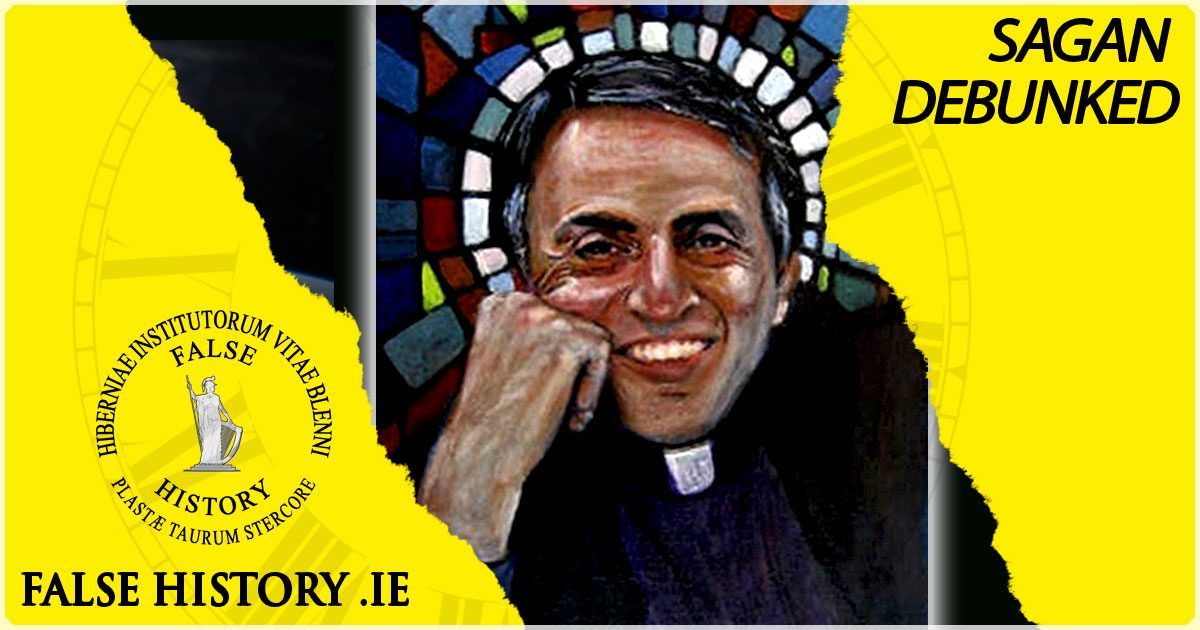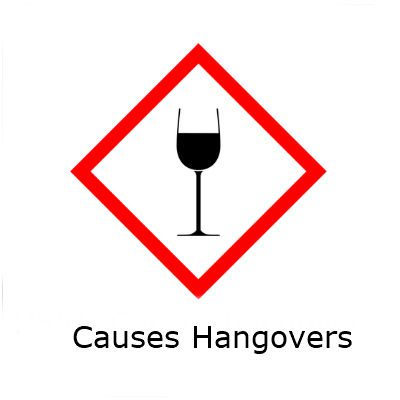Historians Silence on False History The Tuam Children’s Home or to give it its full title, St. Mary’s Home, Tuam was not exclusively a mother…
False History – Understanding the role of Cognitive Biases
This documentary financed by the Canadian government provides a good overview of the outcomes due to our cognitive biases combined with the democracy of the…
The War on Irish history – Irish Slavery
In recent years, the Irish nation has been at war with its own history, due mainly to the inevitable pendulum swing away from post-independence nationalism,…
The Slave Debunker Debunked!
Debunking a claimed Historical Debunking – Slave myth Part 1 Recently a post on Irish History’s Facebook page carried out a learning exercise to gauge…
Irish independent Adding Fuel to the Fire
Coronavirus: Pictures emerge of temporary mass graves in New York as US Covid-19 death toll surpasses 16,500 (Irish independent April 10th 2020) Classic sensationalism from…
Imagination Replaces Knowledge
Poor quality thinking is much in evidence these days, especially in the media, both traditional and non-traditional. One recent exemplar is the present day re-interpretation…
Carl Sagan – Mythmaker & the Priests of Science
America’s most popular science writer was a lousy historian! Carl Sagan (1934-1996) was a revered and immensely popular public figure around the time of the…
Debunked – Historical Misogyny
Una Mullally writing for the Irish Times asks “Out of 697 Dublin mayors, why have only eight been women?” Una did not intend to dispel…
Little Mistakes Grow into Big False Impressions
Little mistakes that go unchallenged are one of the primary contributors to false history. Here is one which is not easily spotted in the ITV…
Plastered and legless – Her friends have no sympathy!
A classic of the genre – At first glance, this appears to be a troubling story of a woman, Paula Gahan, now a comedian living in London, who was, or thinks she was sexually assaulted after going on a major alcohol bender.









